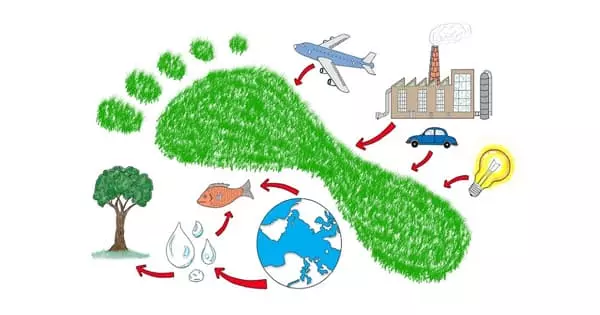Researchers discovered that the impact of plastics on the climate and health is greater than previously thought due to the increased use of coal for process heat, electricity, and as a raw material in manufacturing after analyzing the global plastics supply chain.
Plastics are practical, inexpensive, and widely used. Global demand has quadrupled in the last four decades and is expected to rise further, with negative consequences for the environment and human health. The general public is aware of the environmental harm caused by plastics, particularly at the end of their life cycle, when they emit greenhouse gases and air pollutants when burned or pollute water and soil in the form of microplastics.
The disposal phase has also been the focus of research into the global environmental impact of plastics. I have conducted a few studies on the production of plastics, which also has an impact on the climate and air quality. In-depth analysis, on the other hand, necessitates detailed knowledge of supply chains and processes in order to trace the relevant material and energy flows.
The plastics-related carbon footprint of China’s transportation sector, Indonesia’s electronics industry, and India’s construction industry have more than 50-fold increased since 1995.
Livia Cabernard
Assessing the global footprint of plastics
“Until now, the simplistic assumption has been that the production of plastic requires roughly the same amount of fossil fuel as is contained in the raw materials in plastic – above all petroleum,” says Livia Cabernard, a doctoral student at ETH Zurich’s Institute of Science, Technology, and Policy (ISTP). The issue here is that the relative importance of production versus disposal has been grossly understated.
Cabernard is part of a research team led by ISTP Senior Scientist Stephan Pfister and ETH Professor of Ecological Systems Design Stefanie Hellweg at the Institute of Environmental Engineering. The team examined the climate and health impacts of the global plastics supply chain over a 20-year period using painstaking detective work.
According to a recent study published in Nature Sustainability, the global carbon footprint of plastics has more than doubled since 1995, reaching 2 billion tonnes of CO2 equivalent (CO2e) in 2015. This accounts for 4.5 percent of global greenhouse gas emissions, which is higher than previously estimated. During the same time period, the global health footprint of plastics from fine particulate air pollution increased by 70%, resulting in approximately 2.2 million disability-adjusted life years (DALYs) in 2015.

Coal for process heat, electricity and as a raw material
The team calculated the greenhouse gas emissions generated by plastics throughout their life cycle, from fossil resource extraction to processing into product classes and use, to end of life, which includes recycling, incineration, and landfill.
The researchers attribute the growing greenhouse gas footprint of plastics to booming plastic production in coal-based newly industrialised countries such as China, India, Indonesia, and South Africa. In these countries, the primary source of energy and process heat for plastics production is coal combustion. A small amount of coal is also used as a raw material in the production of plastics.
“The plastics-related carbon footprint of China’s transportation sector, Indonesia’s electronics industry, and India’s construction industry has more than 50-fold increased since 1995,” Cabernard explains. Carbon-based emissions from plastics production have quadrupled globally since 1995, accounting for nearly half of the global carbon footprint of plastics.
When coal is burned, it emits extremely fine particles into the atmosphere. Such particulate matter is extremely hazardous to one’s health and has been linked to asthma, bronchitis, and cardiovascular disease. As more coal is used for process heat, electricity, and as a raw material in plastic production, the negative health consequences grow.
Underestimated plastic production
In contrast to previous estimates that assumed equal amounts of fuel and raw material for plastic production, the ETH researchers have now demonstrated that twice as much fossil energy is burned for plastic production as is contained as a raw material in plastic.
This has an impact on the assessment of environmental consequences. “Even if all plastics are incinerated, their production accounts for the lion’s share of total greenhouse gas and particulate matter emissions,” Cabernard says. Plastics’ overall production phase accounts for the vast majority (96 percent) of their carbon footprint.
Insights thanks to new methodology
There had previously only been one publication that looked at the global carbon footprint of plastics production. “However, this underestimated greenhouse gas emissions because it did not account for the increasing reliance on coal due to the outsourcing of production processes to coal-based countries,” Cabernard explains.
Cabernard had previously developed a new method for her doctoral thesis under the supervision of Pfister and Hellweg, which the researchers used in their study. This method entails a multi-regional input-output analysis that can accurately map global supply chains from production to consumption across industries, countries, and regions.















